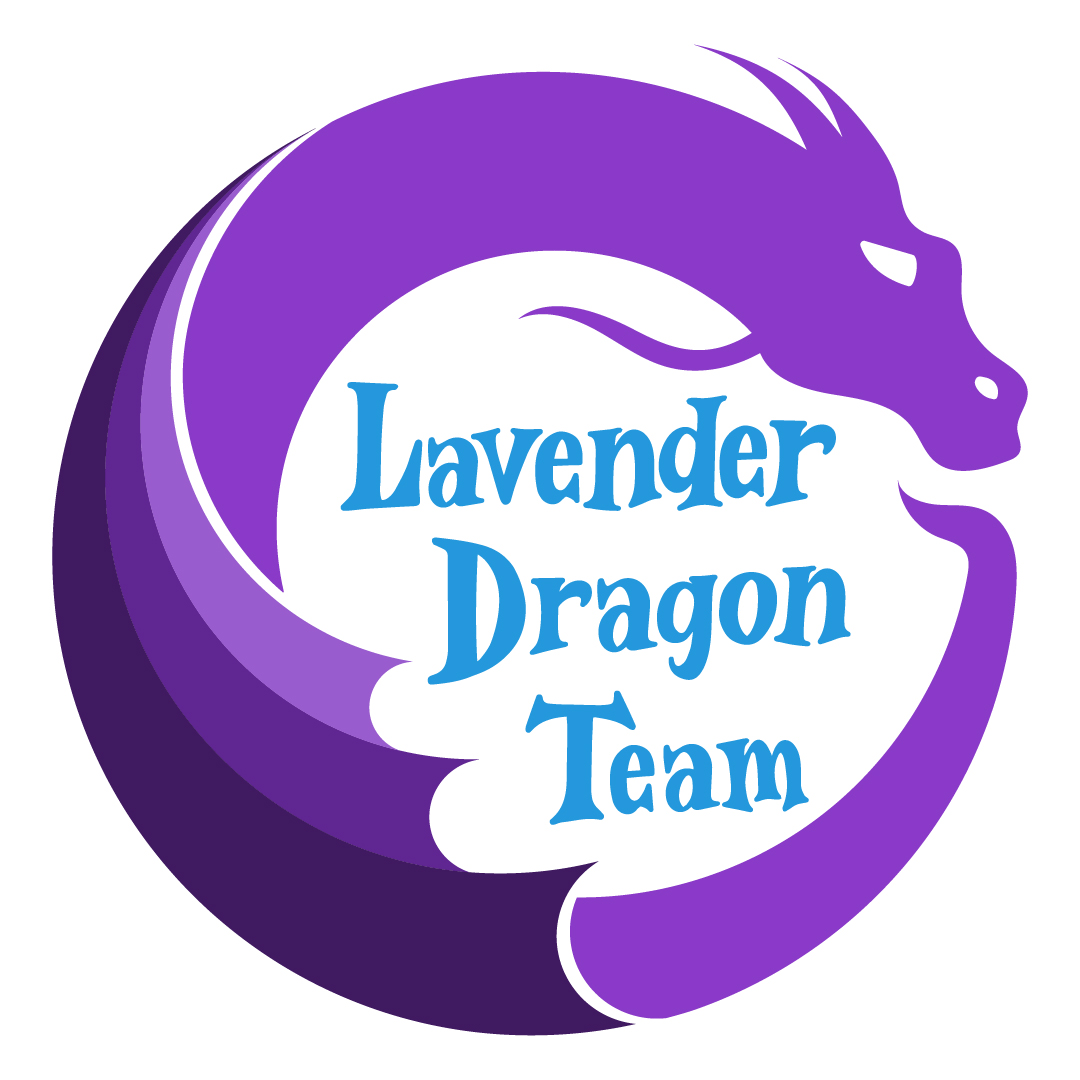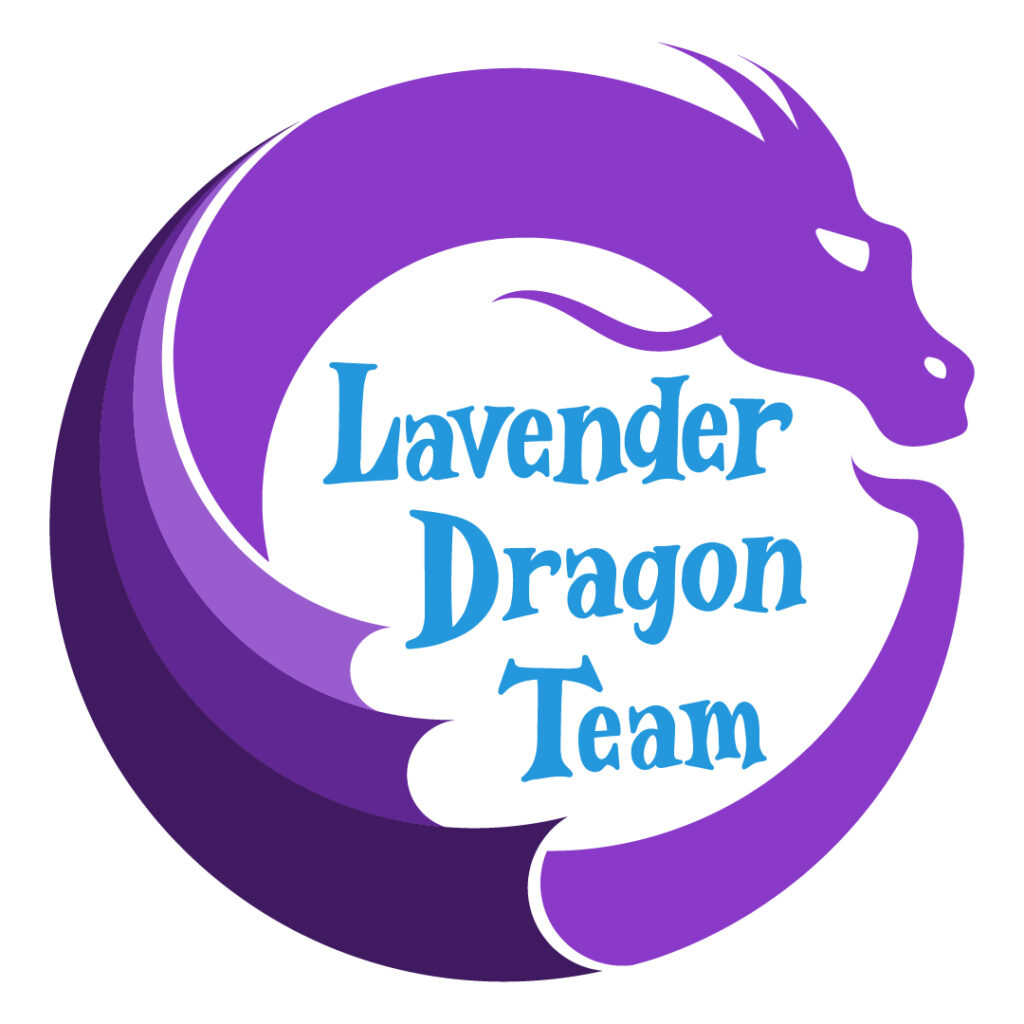
One of the most significant advances of the twenty-first century is gamification; it permeates numerous fields such as technology, culture, society, healthcare, and economics. A substantial rise in the interest in gamification was observed in 2010. It is a time when digital games gained massive success in the entertainment industry, which also prompted the emergence of gamification in various fields outside of entertainment.
Across different literature, there is no standardized definition of gamification. However, the most agreed general meaning is “the application of game design principles in non-gaming contexts.” Gamification, through the years, has been utilized in education, online communities and social networks, crowdsourcing, and marketing, among others. Common game elements include feedback, goals, badges, point system, leaderboards, and user levels. Famous companies such as Samsung and Pepsi have dabbled with gamification to solidify their customer base and deepen their engagement with them. They have developed Samsung Nation and Pepsi Soundoff, respectively.
Gamification has three principles adapted from the MDE framework—mechanics, dynamics, and emotions.
Mechanics refer to the designers’ decision on which game components to include in the game design to achieve the desired goals and interactions. These do not change regardless of the player’s demographics or how many individuals participate in the activity. There are three types of mechanics: setup mechanics, which “shape the environment of the experience; rule mechanics, which determine what the goals of the experience are; and progression mechanics which are game elements that are added to the experience as it happens.
Meanwhile, dynamics are many sorts of player behavior that arise as the experience progresses. These are the inputs and outputs of the player upon interacting with the mechanics in place. Dynamics varies from person to person; it is dependent on how the individual interacts with the mechanics chosen by the designers. Lastly, emotions which is a result of how individuals respond to mechanics and develop dynamics throughout the experience. These are the emotions elicited from the players when participating in a gamified encounter.
At the height of technological advances and competitive markets in every field, gamification paves the way for different strategies to improve virtual engagement. Businesses shall optimize gamification’s advantages to reach higher engagement goals, especially when most transactions occur online.
References:
Basten, D. (2017). Gamification. IEEE Software, 34(5), 76–81. https://doi.org/10.1109/ms.2017.3571581
Hamari, J. (2019). Gamification. The Blackwell Encyclopedia of Sociology, 1–3. https://doi.org/10.1002/9781405165518.wbeos1321
Hamari, J., & Koivisto, J. (2015). Why do people use gamification services? International Journal of Information Management, 35(4), 419–431. https://doi.org/10.1016/j.ijinfomgt.2015.04.006
Huotari, K., & Hamari, J. (2012). Defining gamification. Proceeding of the 16th International Academic MindTrek Conference on – MindTrek ’12. https://doi.org/10.1145/2393132.2393137
Robson, K., Plangger, K., Kietzmann, J. H., McCarthy, I., & Pitt, L. (2015). Is it all a game? Understanding the principles of gamification. Business Horizons, 58(4), 411–420. https://doi.org/10.1016/j.bushor.2015.03.006
Seaborn, K., & Fels, D. I. (2015). Gamification in theory and action: A survey. International Journal of Human-Computer Studies, 74, 14–31. https://doi.org/10.1016/j.ijhcs.2014.09.006

